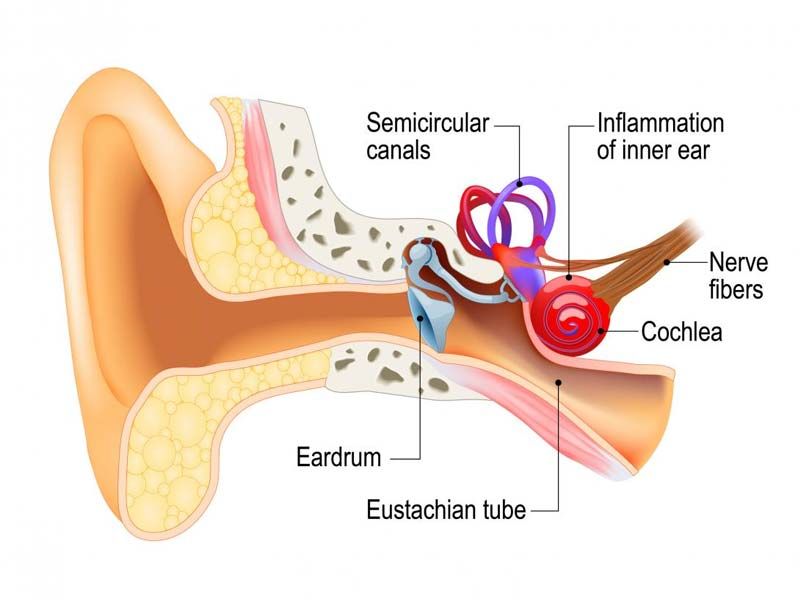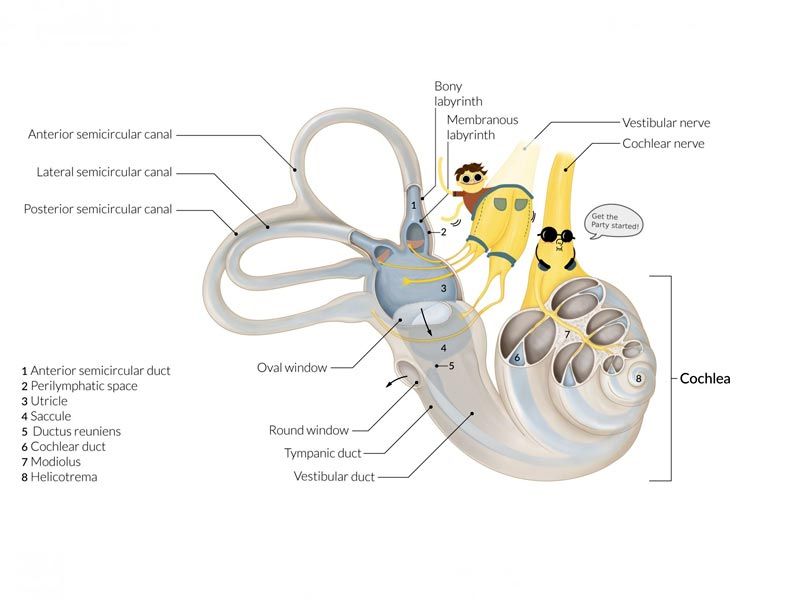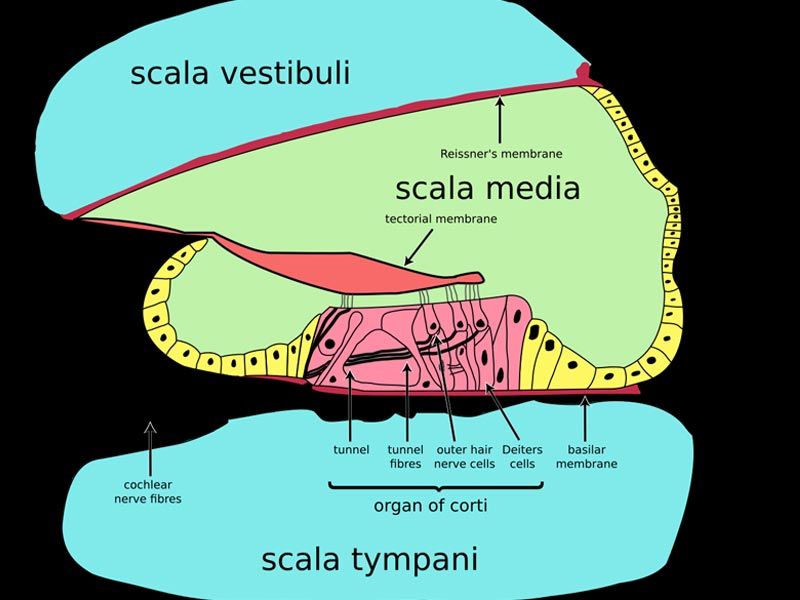When you get out of bed or walk on uneven terrain, a connection between your brain and inner ear aids in maintaining your balance. We refer to this as your vestibular system.
A vestibular disorder may arise from an illness or injury that impairs this system. Although balance issues and dizziness are the most common symptoms, hearing and vision issues can also occur.
Typical Vestibular Problems
BPPV, or benign paroxysmal positional vertigo, The most frequent cause of positional vertigo—a sudden sensation of spinning or swaying—is this. It occurs when microscopic calcium crystals from one area of your ear migrate to another. Because of this, your inner ear fools your brain into thinking that you are moving when you aren’t.
Your doctor will walk you through a series of head movements that can be used to treat BPPV. These restore the crystals to their proper locations.
Labyrinthitis
You may be familiar with labyrinthitis as an inner ear infection. It occurs when the labyrinth, a delicate structure located deep within your ear, becomes inflamed. Not only can this impair your hearing and balance, but it can also cause nausea, a high fever, ear pressure, pus, or fluid to come out of your ears.

You might need to take antibiotics if a bacterial infection is the cause of your labyrinthitis. In addition, your physician may prescribe steroids to reduce inflammation or an antiemetic, a different class of medication, to treat nausea and vertigo.
Vestibular neuritis
This disorder affects the nerve that transmits sound and balance information from your inner ear to your brain. It can be brought on by a viral infection elsewhere in your body, such as the chickenpox or measles. The most typical symptoms include abrupt dizziness accompanied by nausea, vomiting, and difficulty walking.

Your doctor may prescribe medication to treat vestibular neuritis in order to eradicate the virus that is causing it.
Meniere’s disease
 Meniere’s disease is characterised by abrupt episodes of vertigo, hearing loss, tinnitus (a buzzing, ringing, or roaring sound in the ears), and fullness in the affected ear. An excessive amount of fluid in the inner ear due to an autoimmune reaction, virus, or allergy could be the cause of this. Over time, the hearing loss worsens and in certain situations becomes irreversible.
Meniere’s disease is characterised by abrupt episodes of vertigo, hearing loss, tinnitus (a buzzing, ringing, or roaring sound in the ears), and fullness in the affected ear. An excessive amount of fluid in the inner ear due to an autoimmune reaction, virus, or allergy could be the cause of this. Over time, the hearing loss worsens and in certain situations becomes irreversible.
Also read: Everything to know about Winter Allergies
Perilymphatic fistula (PLF)
A perilymphatic fistula (PLF) is a tear or defect that can cause some hearing loss and dizziness between your middle ear and fluid-filled inner ear. PLF may be inherited, or it may result from heavy lifting, head trauma, or barotrauma (increased pressure in the ear).

Perilymph fistula repair can be aided by surgery. Tissue from the outside of your ear can be used to plug holes or tears.

























